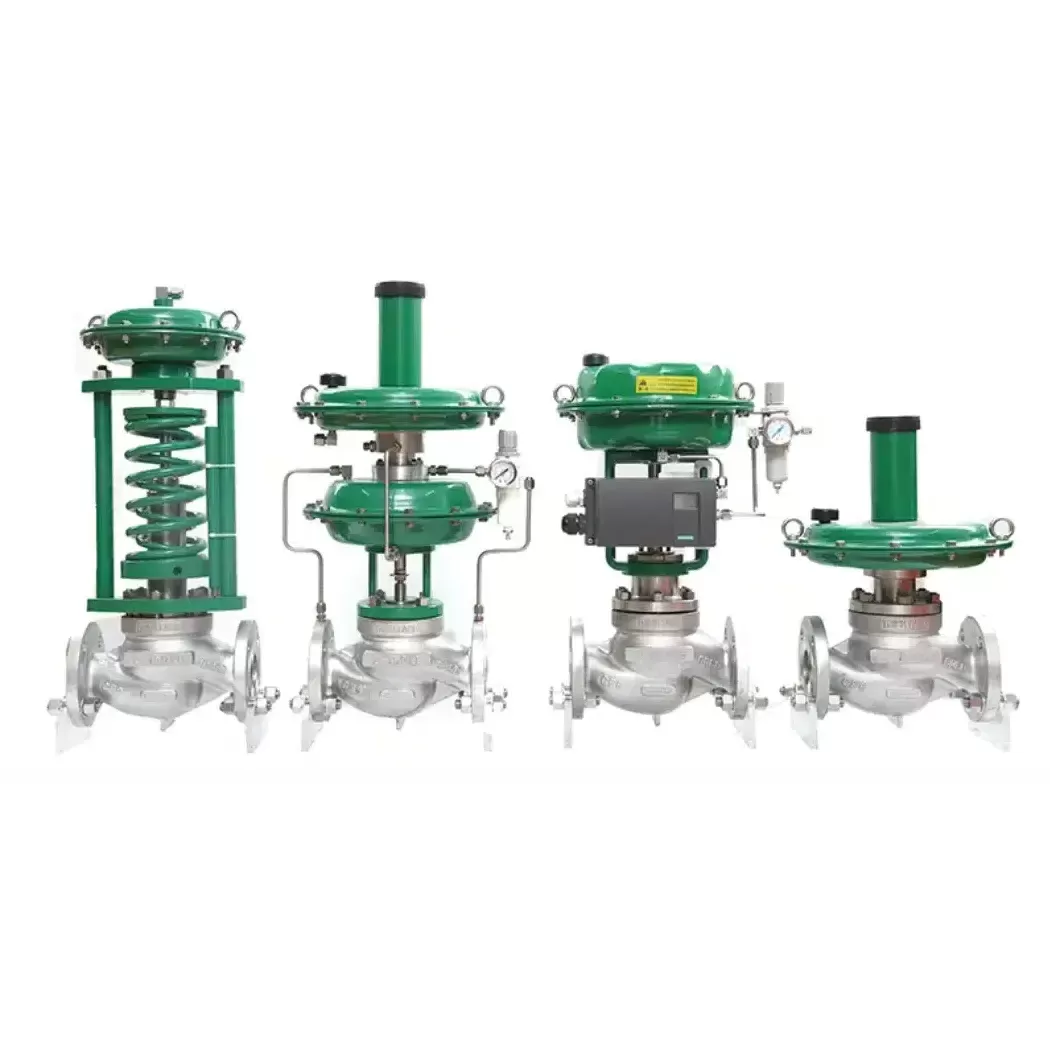Notifications

4 minutes, 29 seconds
-106 Views 0 Comments 0 Likes 0 Reviews

A control valve is a power-operated device used to regulate or manipulate the flow of fluids—such as gas, oil, water, or steam—within a system. These China Control Valves play a critical role in industrial automation, ensuring accurate control of flow rates, pressures, and temperatures to maintain optimal process conditions.
Control valves serve as the final control elements in a control loop. They receive signals from controllers—such as a PLC (Programmable Logic Controller) or DCS (Distributed Control System)—and adjust the fluid flow accordingly. Their precision and responsiveness make them indispensable across industries including oil & gas, water treatment, power generation, and chemical processing.
Actuators supply the mechanical force needed to operate the valve. There are three main types:
These actuators use compressed air to move the valve stem. Known for their simplicity, reliability, and fast response, pneumatic actuators are widely used in industrial environments.
Electric actuators offer high precision and accurate valve positioning. They are ideal for applications requiring remote control and fine-tuned modulation.
Powered by pressurized fluids, hydraulic actuators generate high force, making them suitable for heavy-duty applications involving large or high-pressure valves.
The valve body houses internal components and determines how the valve modulates flow. Based on motion type, control valve bodies are classified as:
Valves such as globe valves and gate valves operate in a straight-line motion to regulate flow.
Valves like ball valves and butterfly valves use a rotating motion to open or close the flow path.
Control valves function in sync with a controller and process instrumentation. Here’s how:
Monitor: The controller measures the current process condition (e.g., flow rate or pressure).
Compare: It compares this value to a preset setpoint.
Adjust: If a discrepancy exists, the controller sends a signal to the valve actuator.
Control: The actuator moves the valve to adjust fluid flow, returning the process variable to its desired setpoint.
This real-time correction ensures process stability, safety, and product quality—particularly crucial in industries like chemical manufacturing, where precise flow regulation impacts final product consistency.
Regulate flow and pressure in pipelines and refineries for efficient transportation and processing of hydrocarbons.
Ensure correct water flow through treatment stages, filters, and distribution systems.
Control the flow of steam, feedwater, and cooling systems to optimize plant efficiency and reduce downtime.
Maintain accurate reactant ratios for chemical reactions to improve batch consistency and safety.
Control valves are essential tools in industrial process control. By accurately regulating fluids like water, steam, gas, and oil, they ensure safe, efficient, and consistent operations. With the advancement of actuator technology and digital control systems, modern control valves deliver unmatched precision, reliability, and automation.
As industries continue to pursue higher productivity and operational excellence, understanding and implementing the right control valve solutions becomes more important than ever.Know more about Google SEO Directory

